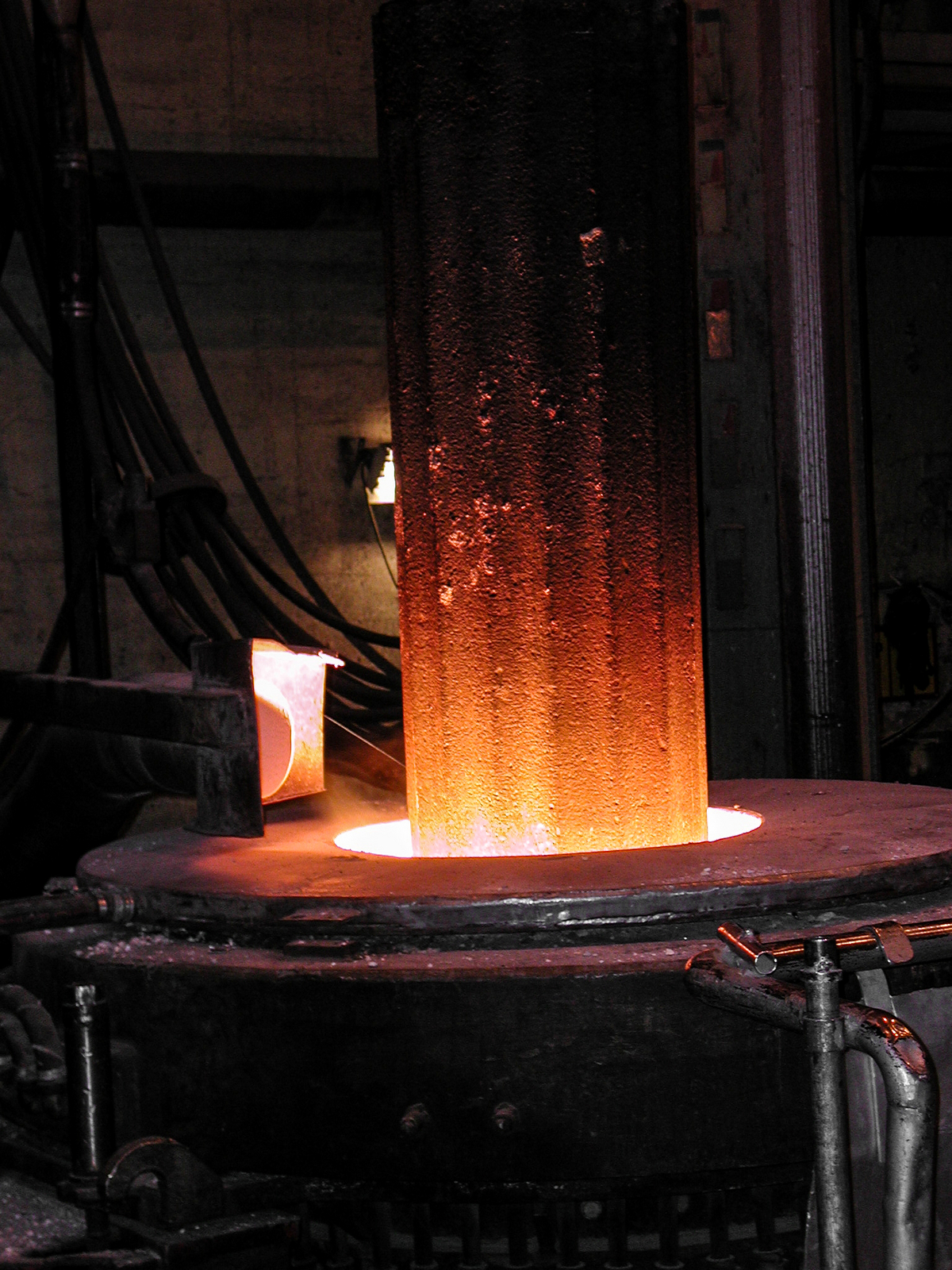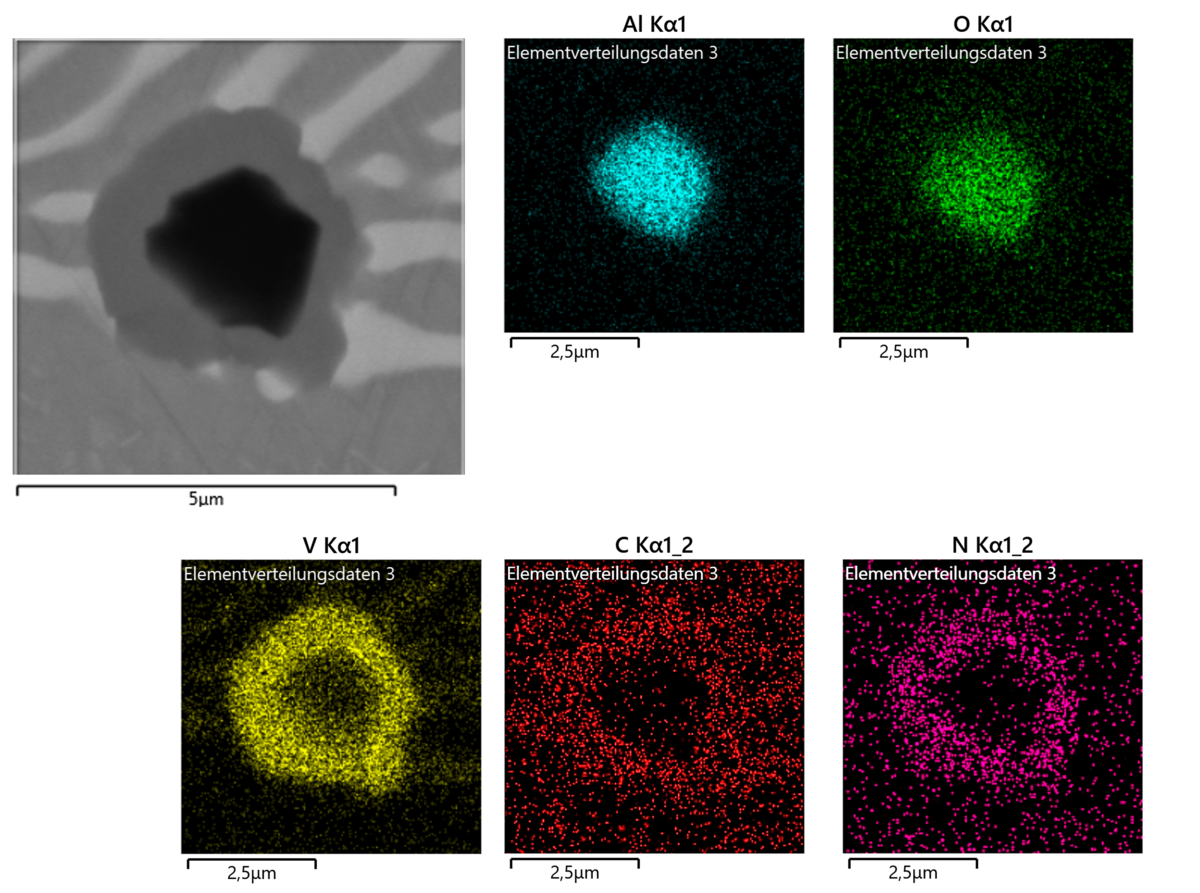Introduction
Further downstream the steelmaking process chain, when it comes to secondary metallurgy and special steel refining, steel cleanness is one of the key quality factors for high performance steels. “Steel cleanness” is a quantitative indicator and defined by number, type, composition, and morphology of non-metallic inclusions in the steel matrix. To achieve a defined cleanness level, secondary metallurgical processes are decisive.
Electro Slag Remelting (ESR) is a secondary steel refining process to produce tailored, high-purity materials with a defect-free microstructure. As ESR is a metallurgical process with very high specific energy consumption, a wider use of high resistivity slags offers a significant potential for energy saving and strongly reduced environmental impact. The impact of high resistivity slags, in conjunction with different protective atmospheres, on the degree of cleanness is widely unknown and thereby a major obstacle for the use of such slags and corresponding energy savings.
Another part of this project focuses on secondary metallurgy regarding the prediction of steel cleanness during the Ladle Furnace (LF) and Ruhrstahl-Heraeus (RH) vacuum degassing processes. Abbreviated with “i-clean”, a careful detailing of the metallurgical aspects of the chemical model also considering data-driven approaches will be investigated.
Objectives and Motivation
- Determination of the relationship between the ESR slag composition, the protective atmosphere applied, the specific energy consumption during remelting and the type and size distribution of non-metallic inclusions (degree of cleanness)
- Selection and development of new slag compositions for an energy optimized, environmentally friendly ESR process and improved sustainability in the ESR process through partial reuse of slags
- Parameterized off-line model development for steel cleanness prediction during secondary metallurgical operations (LF, RH degassing)
- Careful detailing of metallurgical aspects in the thermodynamic/chemical model and considering data-driven approaches with an accompanied heat balance during ladle treatment and assessment of refractory linings with respect to final steel cleanness
Methodology
- Selection of ESR slags with different chemical composition and high electrical resistivity and comprehensive remelting trials in a laboratory ESR-plant with accompanied consideration of partial ESR slag reuse
- Chemical analysis of ingots and slags during remelting to quantify occurring chemical reactions and corresponding changes in slag composition and establish a correlation between slag composition and the protective atmosphere with energy consumption and the degree of purity
- Detailing of metallurgical boundary conditions for the “Effective Equilibrium Reaction Zones” (EERZ) in the ladle furnace model (LFM) and the RH-degasser model (RHM) and critical assessment of the model capabilities
- Implementing a heat balance to investigate possible energy savings during ladle treatment for a potential lowering of CO2 emissions
- Case studies and off-line parameter variation to account for ladle treatment strategies for advanced steel grades and assess the influence of ladle linings on steel cleanness and training purposes for e.g., machine learning approaches to finally quantify the feasibility of an on-line steel cleanness prediction system
Results and Application
For the ESR process, a correlation between slag composition, energy consumption, and content of non-metallic inclusions should be determined. Furthermore, the influence of different protective atmospheres on the degree of cleanness for slags with high resistivity will be demonstrated. New ESR slags to produce high-quality ingots at reduced energy consumption will be developed with advanced know-how regarding the partial recycling of ESR slags.
Results from LF and RH case studies will deliver new approaches for secondary metallurgical steel treatment strategies. Newly developed refractory linings with an expected smaller CO2 footprint will be evaluated in terms of achieved steel cleanness. The integration of a heat balance indicates possible ways of energy savings during ladle treatment (reduction of CO2 emissions). Subsequently, a general concept for a qualitative on-line cleanness prediction model connected with machine learning approaches and off-line model as training partner is established.

 DE
DE EN
EN![[Translate to English:]](/fileadmin/_processed_/4/0/csm_recycle49_weiss_b776401e10.png)

